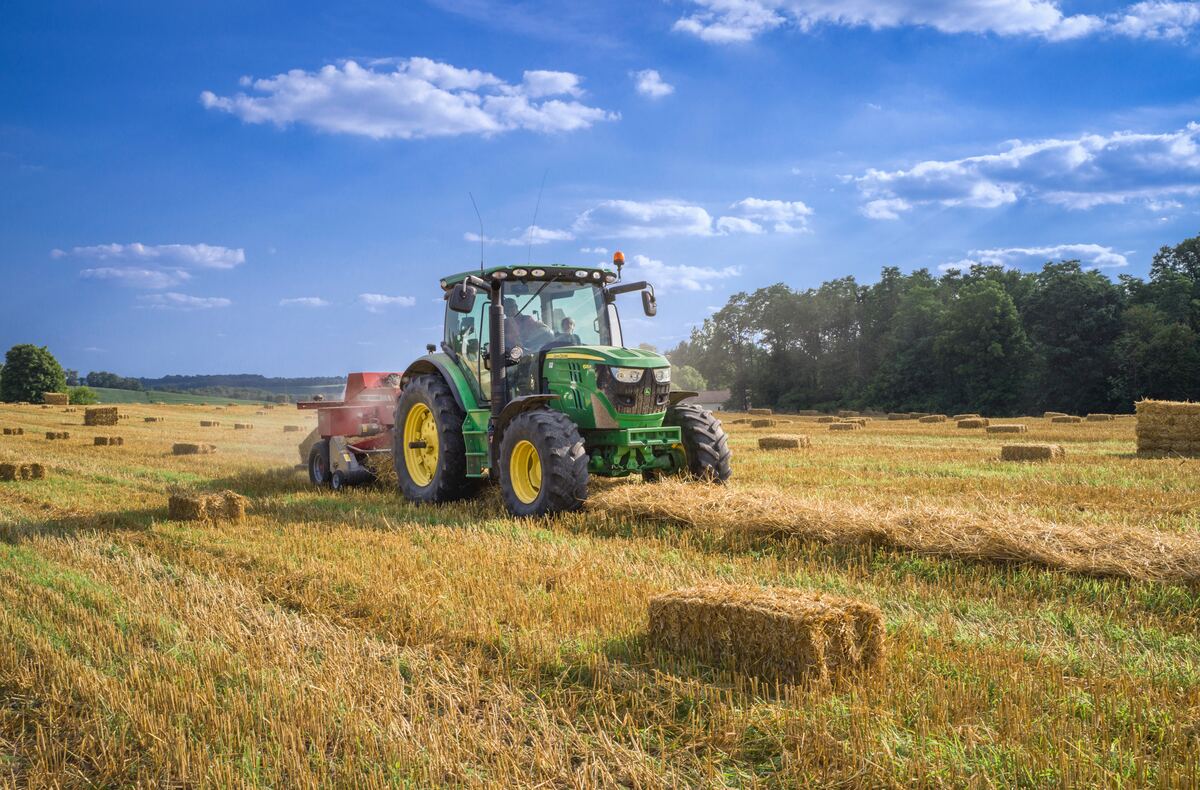Transforming rough soil into luscious, ready-to-plant heaven isn’t just about elbow grease – it’s about having the right equipment. And for separating those pesky rocks and debris from pure golden topsoil, a good topsoil screener is your knight in shining armor.
But with so many options on the market, how do you pick the perfect one for your needs? Worry not, fellow soil enthusiasts, for this guide will sift through the options and help you make the best choice.
First things first: Know your purpose. Are you a home gardener battling rogue pebbles in a small batch of compost? Or are you a landscaping pro tackling tons of topsoil for commercial projects? The scale of your operation will dramatically impact your needs.
For small-scale sifting:
- Barrel screens: Affordable and portable, perfect for hand-cranking a few buckets of soil. Think of it as a glorified colander on steroids.
- Conveyor screens: A step up from the barrel, these motorized beauties chug through smaller amounts of soil with ease.
- Shaking screens: Imagine a paint shaker for dirt – these vibrate trays effectively separate smaller debris from fine soil.
For larger jobs:
- Trommel screens: Rotating drums that tumble and sort your soil, ideal for high-volume projects. Picture a washing machine for rocks and twigs.
- Vibrating screens: Heavy-duty beasts that shake even the most stubborn clumps apart, perfect for processing large quantities of soil.
- Star screens: The kings of the screening castle, these multi-deck behemoths separate soil into multiple sizes simultaneously, ideal for professional landscapers and topsoil producers.
Now, let’s get down to the nitty-gritty:
- Screen size: This determines the particle size that gets through. Fine screens (1/4″ or less) yield smooth, planting-ready soil, while larger screens (2″+) are better for removing big chunks. Choose based on your desired end product.
- Capacity: How much soil are you planning to screen per hour? Don’t get a tiny trommel if you need to sift mountains of dirt. Match your screener’s capacity to your project size.
- Power source: Gas-powered screens offer independence but generate noise and fumes. Electric models are quieter and cleaner, but require access to power outlets. Consider your work environment and preferences.
- Portability: Do you need to move your screener around frequently? Opt for lighter, foldable models if mobility is key.
- Budget: Topsoil screeners range from budget-friendly barrel screens to top-of-the-line star screens. Set a realistic budget and prioritize features that matter most to you.
Bonus tips for smart screening:
- Invest in high-quality screens: Durable screens won’t clog easily and will last longer.
- Consider screen replacements: You might need different sizes for different projects.
- Maintain your screener properly: Regular cleaning and lubrication will ensure smooth operation.
- Don’t overload your screener: Feed it manageable amounts of soil to avoid jams and breakdowns.
Remember, the perfect topsoil screener is the one that meets your specific needs and fits your budget. Do your research, consider your goals, and don’t hesitate to ask for advice from experts at landscaping or equipment stores. With the right tool in hand, you’ll be transforming rough patches into flourishing landscapes in no time!
This guide is just a starting point. Don’t be afraid to dig deeper and explore specific models and brands. Remember, the key is to choose a screener that makes your soil-sifting dreams a reality. Happy screening!
